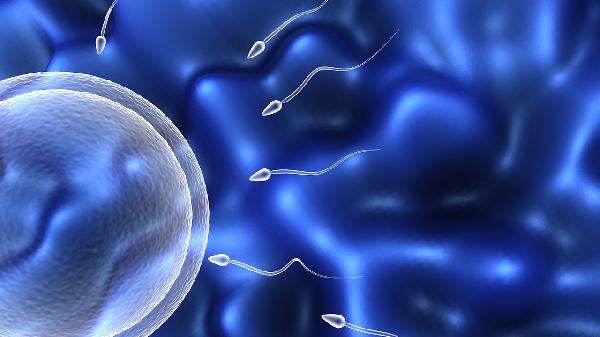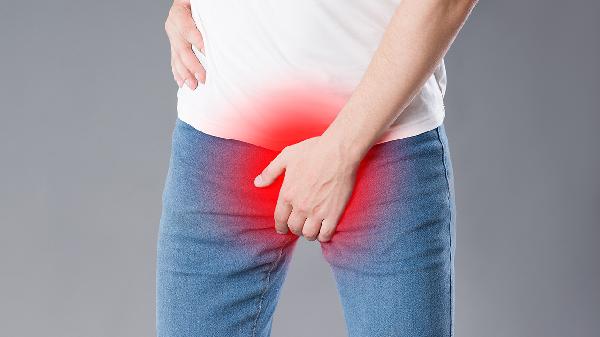Gonorrhea is a sexually transmitted disease caused by the bacterium Neisseria gonorrhoeae, primarily characterized by purulent infections of the urogenital system [1]. It is an ancient yet common sexually transmitted disease. In recent years, its incidence has ranked first among sexually transmitted diseases in China. The prevalence of sexually transmitted diseases in China has also been increasing year by year. With the continuous rise in the number of sexually transmitted disease patients, personal protection against these diseases has become particularly important. In sexually transmitted disease clinics, it is often found that many patients are unaware of the transmission routes and prevention methods of these diseases, leading some to contract the disease without knowing its source. Additionally, due to a lack of knowledge about prevention methods, sexually transmitted diseases can spread within families, affecting spouses and children, and even leading to the dissolution of some families, causing instability in both family and society. Therefore, understanding the transmission routes and preventive measures of sexually transmitted diseases is crucial.

There are two main ways gonorrhea is transmitted.
How is gonorrhea transmitted? Many people are aware of the severe harm caused by sexually transmitted diseases and fear contracting them, yet they struggle to control their impulses. Some men engage in extramarital affairs and neglect genital health, easily spreading sexually transmitted diseases to their wives through sexual activity. Let's explore how gonorrhea is transmitted.
Gonorrhea is a purulent infection of the urogenital system caused by the gonococcus. Under certain conditions, the gonococcus can also infect the eyes, throat, rectum, and pelvic cavity, and in rare cases, cause systemic infections. The incubation period is generally 2-10 days, with an average of 3-5 days. In men, the most common manifestation is urethritis, with symptoms such as frequent urination, urgency, pain, redness, and itching of the urethral opening, and the discharge of purulent secretions. In women, the most common manifestation is cervicitis, characterized by increased and yellowish vaginal discharge (leukorrhea), though many infected individuals may not exhibit any symptoms.
1. Transmission through sexual contact: Primarily through sexual intercourse or other sexual behaviors. Almost all cases of gonorrhea in men are caused by sexual contact, while women can be directly infected through sexual intercourse or other means. Gonorrhea patients are the source of infection, and sexual contact is the main mode of transmission, with rapid spread and high infection rates. Symptoms can appear within 3-5 days after infection, primarily affecting young and middle-aged adults.
2. Non-sexual contact transmission (indirect transmission): This is less common and mainly involves contact with secretions containing Neisseria gonorrhoeae or contaminated items such as towels, washcloths, foot basins, bedding, and even toilet seats. Women (including young girls) are particularly susceptible due to their shorter urethral and genital tracts. Newborns can contract gonococcal conjunctivitis when passing through the birth canal of an infected mother. Pregnant women with gonorrhea can cause intra-amniotic infections, including fetal infections.
Daily dietary precautions for gonorrhea patients.
1. Pay attention to dietary hygiene.
Due to the compromised immune function of gonorrhea patients, extra attention should be paid to dietary hygiene. Avoid consuming unclean raw or undercooked foods, always wash hands before eating, and ensure a clean dining environment. In case of diarrhea, drink plenty of fluids such as water and non-citric acid juices to rehydrate, and avoid caffeinated beverages (like coffee and cola) and dairy products. Avoid fried foods and fresh fruits until the diarrhea has resolved.
2. Eat small, frequent meals at regular intervals.
Consuming large amounts of food at once can lead to indigestion and harm the spleen and stomach, which is detrimental to the condition. Eating too little can result in insufficient nutrient intake and exacerbate nutritional deficiencies. Therefore, HIV-infected individuals and patients should eat small, frequent meals, typically five to six meals a day.
3. Diversify food intake.
At each meal, try to include a variety of foods and plan a diet that encompasses five food groups.
4. High-energy, high-protein diet.
Limit high-fat foods and sweets. Gonorrhea can alter the patient's constitution, increasing protein consumption and reducing small intestine absorption capacity. Given this, gonorrhea patients should focus on a high-protein and high-calorie diet, following the principle of "variety, moderation, and balance." A high-protein diet can increase kidney burden, so consult a doctor or nutritionist for dietary adjustments if discomfort occurs.
Beneficial high-protein foods include: fish and shellfish such as sea fish, shrimp, cuttlefish, clams, and crab; poultry such as chicken, pigeon, and rabbit; milk and dairy products like high-quality cheese; eggs such as chicken and duck eggs; legumes like tofu, soy milk, and other soy products; and other meats.
5. Pay attention to vitamin supplementation.
Consume plenty of fresh vegetables and fruits to enhance disease resistance. Specifically, eat more foods rich in vitamin A, carotene, and vitamin C, as well as foods containing vitamin E.
Carotene-rich foods: spinach, kale, sweet potatoes, pumpkin, and carrots; vitamin C-rich foods: green peppers, oranges, broccoli, and spinach; vitamin E-rich foods: hazelnuts, pine nuts, pistachios, and almonds; and zinc-rich foods: oysters, shellfish, and grains.
6. Dietary restrictions.
Avoid spicy and irritating foods. Onions, ginger, garlic, chili peppers, pepper, and fennel are all considered spicy foods, along with celery leaves, sage, and deer musk grass. Opt for easily digestible and liquid (semi-liquid) foods, minimize fried foods (like fried chicken and oil cakes), and consume more easily digestible steamed and boiled dishes (like steamed eggs and noodles).
























